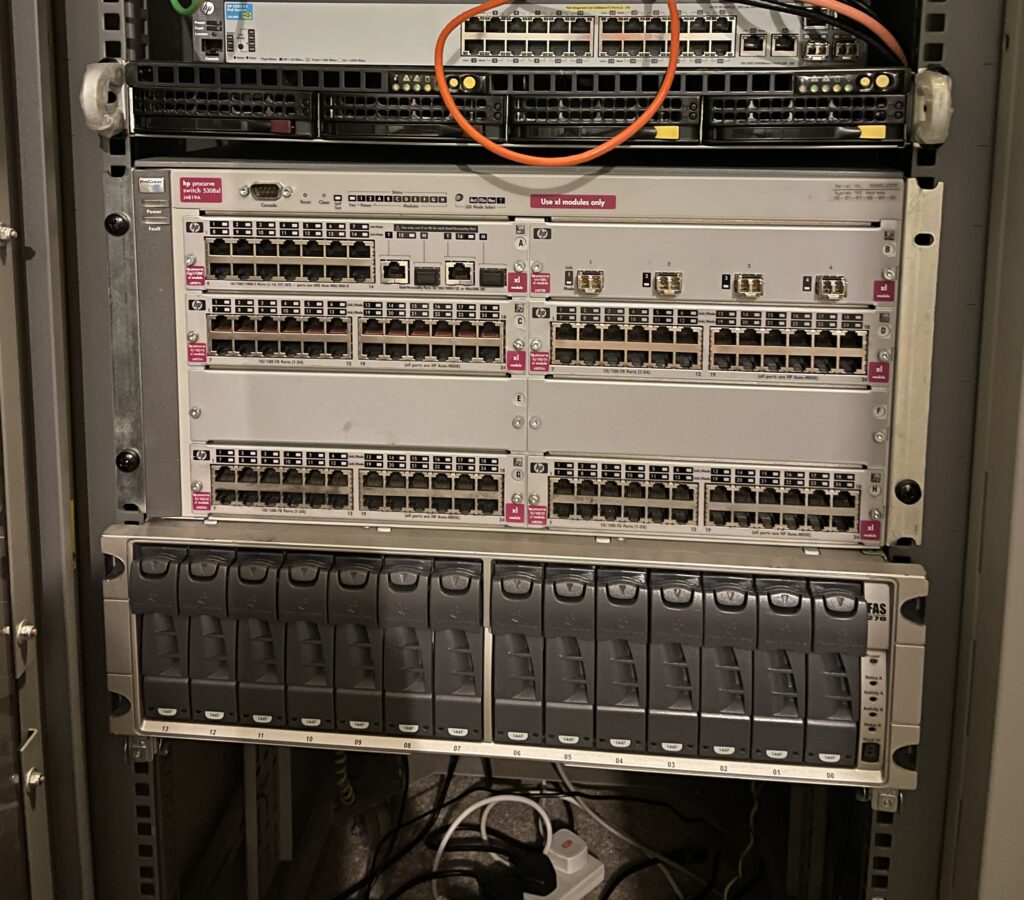I recently spoke to one of my 1st line technicians about what he wanted to do and where he though his career would go. He said that he wasn’t sure and that he liked computers but didn’t have a plan. When I asked why’s that? I got a ramble about how much time and money it costs, to get to where I was. He had no idea where to go or how to go about it.
Once he’d calmed down from his ramble, I told him that 70% of what I know is self taught, though things like forums, YouTube and messing with kit people don’t want anymore. The rest of it was my University degree and Microsoft certificates.
This had me thinking that a lot of people maybe interested in the world of IT but have no idea of what’s out there and where to start. I started by the owner of my first proper job, giving me access to a server that was going in the bin so that I could use as a sandbox. He was including me in chats and tickets, even though I was only answering the phone. Unfortunately, not everyone has that kind of manager or exposure in work, to things they want so there’s some good places to start would be.
The first step is to understand what you’re passionate about in IT and where you want to go in your career, is that head of development, an SME with particular software, a site engineer ect?
Then you need your own sandbox, somewhere that you can learn, break and fix operating systems and software so you get confident with it. There’s a couple of options I’ve used for this that suit people just needing a platform to play with.
Microsoft Azure
If you’re in the IT world, you will have heard of Azure, Microsoft’s cloud platform. Everyone can sign up for a £120 trial, this gives you space to play with the cloud and understand clicking that, does this. As long as there’s no resources left running at the end, you can just sign out of Microsoft and forget about it. Don’t do what I did which was setup an Azure firewall and 3 servers connected, all running. It burnt through my trial in days.
Explore Free Azure Services | Microsoft Azure
Take Freebies
Throwing away working hardware such as switches, servers and other bits that have reached end of life is not a quick task for companies. Looking on Facebook Market place or Gumtree, there’s usually equipment going for nothing – you just need to collect it. If you’ve got your own switch or server, you can play with that and begin to learn how to that works.
I’ve collected all sorts over my time rounding up free/cheap kit. Old stuff but great for learning on, a tad noisy which is how I learnt about migrating to the cloud! Even the cabinet was only £10 because the guy who had it didn’t realised what it was.

Using your own PC
If you’re running Windows 10/11 Pro, you can enable Hyper-V Platform by going Control Panel > Programs and Features > Turn Windows features on or off, select Hyper-V and you’re good to go.
Using Hyper-V on your own PC, you can build VMs with things like Ubuntu, Windows Server or TrueNAS. This would be a good learning platform to understand how hyper visors work and how to set them up. You can set snapshots on your VMs so they can be reset if you break it.
If you’ve not got the right version of Windows, you can always use something will VirtualBox (Oracle VirtualBox) which is a free hyper-v software that will achieve the same thing as Hyper-V.
Using virtual machines on your PC however, the resources are going to be under a bit of stress, as it needs to run another OS on top of the one already running. If you’re going to try this, have a think about:
- Setup a different disk to your PC for VMs
- Define how much RAM and CPU the VM can use
- Take a snapshot of your VM, before you start
- Try and break it, it’s the best way to learn
Once you’ve got your platform setup, take it slow and try to build things that you use at work – a backup server, domain controller, file shares ect.
YouTube & Forums
If you’re teaching yourself, definitely stick to things like forums and Discord. You’ll come across other people who have tried what you have done before and solved it. Some of the ones that helped with my journey were
The master of Microsoft – John Savill’s Technical Training – YouTube
The master of Linux – Learn Linux TV – YouTube
The master of pfSense – Lawrence Systems – YouTube
Techno Tim’s Discord is a good place to ask questions – https://discord.gg/technotim
It’s sometimes best just to watch things on IT channels for ideas on what you want to try next.
Microsoft Learning
This is the platform to study for the Microsoft exams but it a massive source of information with forums about every Microsoft product.
Microsoft Learn: Build skills that open doors in your career
They have applied skills exams which are things to create and configure, rather than questions.
Browse Credentials | Microsoft Learn
In conclusion, the best way to get your knowledge on the world of IT, is to build it and break it. Understand what you’re keen to get into, why you can’t get there at present and what you need to do to get there. If you’re wanting to be an infrastructure guru, you don’t need to build a data centre in the garage, just 1 or 2 VMs to understand how all the parts go together and work.
As you play around more with it, you’ll come across other aspects that interest you or maybe question if that’s the career to go for.
One thing that I came up with a lot was meeting people my age that knew so much more than I, about IT and then dwelling on why that may be. It’s self taught IT so everyone is going to move at different speeds.
Even the industry leaders had to start somewhere.
